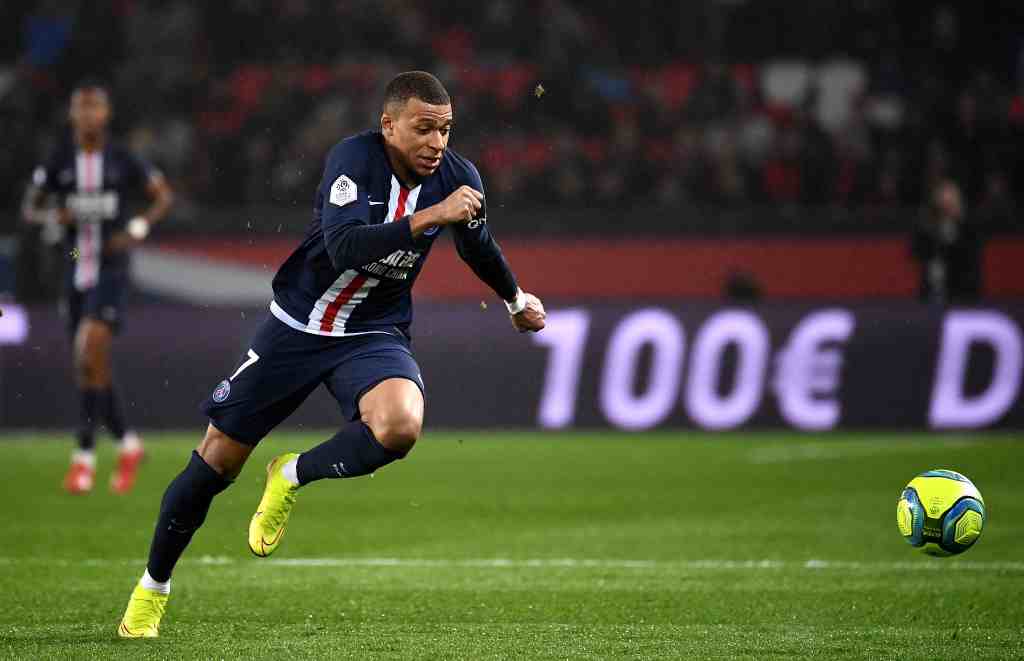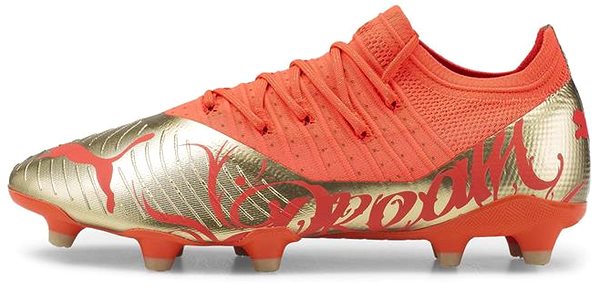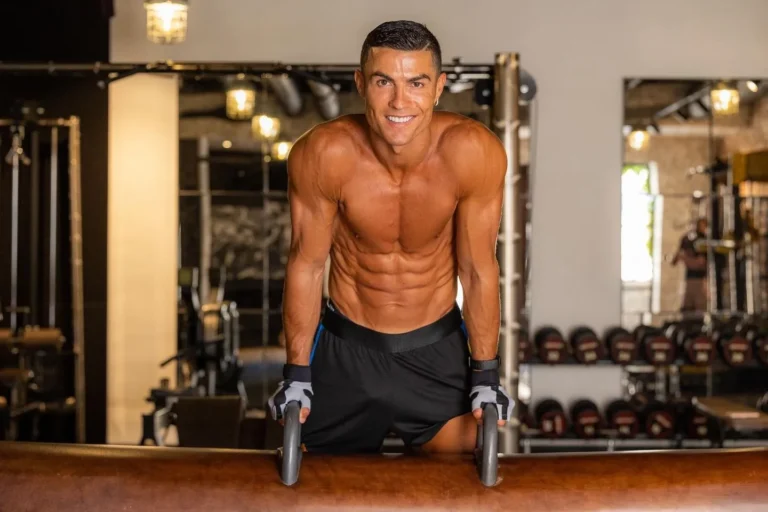How to Get Faster for Soccer
Soccer is a fast-paced and physically demanding sport that requires players to be agile, quick, and explosive. Speed is a crucial factor in soccer, as it can make a significant difference in a player’s performance on the field. Whether you’re a professional athlete or an amateur enthusiast, improving your speed can elevate your game to new heights.
In this article, we will explore various techniques and strategies to help you get faster for soccer.
Assessing Your Current Speed
The first step in any speed improvement program is to assess your current speed levels. This evaluation will provide a baseline for your progress and help tailor a personalized training plan. There are various speed tests, such as the 40-yard dash, agility drills, and shuttle runs, that can help measure your speed, acceleration, and change of direction.

Creating a Customized Speed Training Program
1. Incorporating Interval Training
Interval training involves alternating between short bursts of high-intensity sprints and periods of active recovery. This method helps improve cardiovascular fitness and enhances fast-twitch muscle fibers, essential for explosive speed. A sample interval training session could include 30-second sprints followed by 60 seconds of light jogging, repeated for several sets.

2. Plyometric Exercises
Plyometric exercises focus on developing power and explosiveness. They involve jumping, bounding, and hopping movements that engage multiple muscle groups simultaneously. Examples of plyometric exercises include box jumps, bounding drills, and lateral hops. Proper form and technique are vital to prevent injuries while performing plyometrics.
3. Strength Training for Speed
Strength training is a critical component of any speed improvement program. Targeting muscles like the quadriceps, hamstrings, glutes, and core can enhance stride length and push-off power. Compound exercises like squats, deadlifts, lunges, and step-ups are excellent choices for soccer players looking to build strength.
4. Flexibility and Mobility Work
Maintaining flexibility and mobility is essential for preventing injuries and maximizing speed potential. Incorporate dynamic stretching exercises and mobility drills into your warm-up routine before training or matches. This will prepare your muscles for intense movements and improve your overall range of motion.

Nutrition and Hydration for Speed
A proper diet is crucial for optimizing speed and performance on the soccer field. Ensure you’re consuming enough calories to meet the energy demands of your training and matches. Focus on a balanced diet that includes carbohydrates, proteins, healthy fats, and a variety of fruits and vegetables. Staying hydrated is equally important, as dehydration can negatively impact speed and endurance.
Rest and Recovery
Training hard is essential, but so is allowing your body to recover adequately. Overtraining can lead to burnout and increase the risk of injuries. Make sure to incorporate rest days into your weekly training schedule. Utilize recovery techniques like foam rolling, stretching, and getting enough sleep to promote muscle repair and growth.



